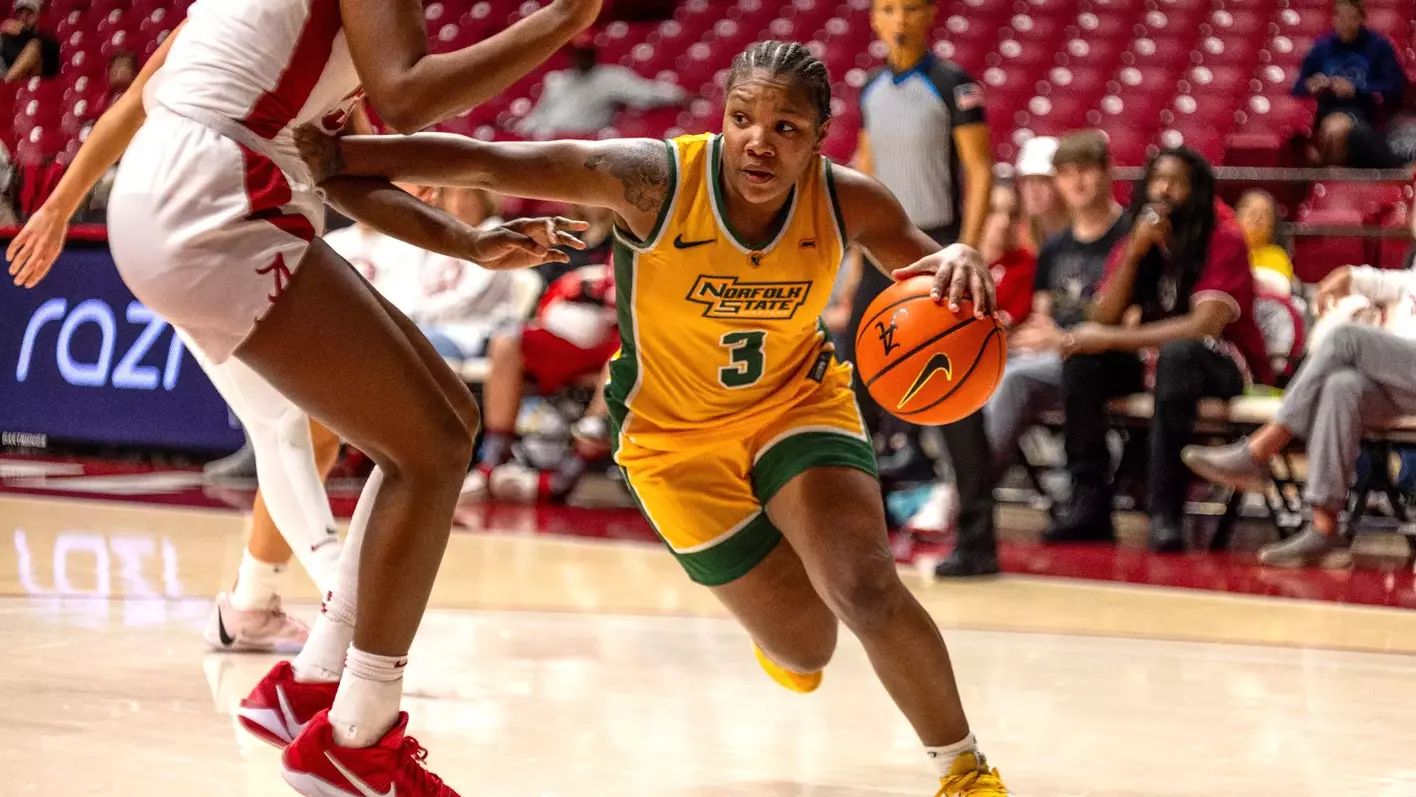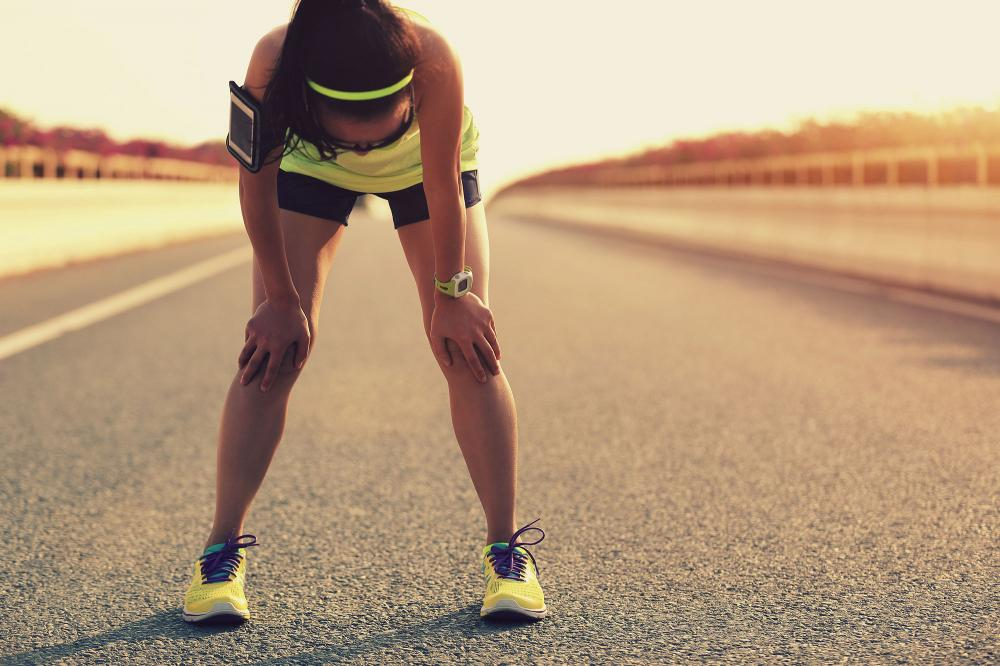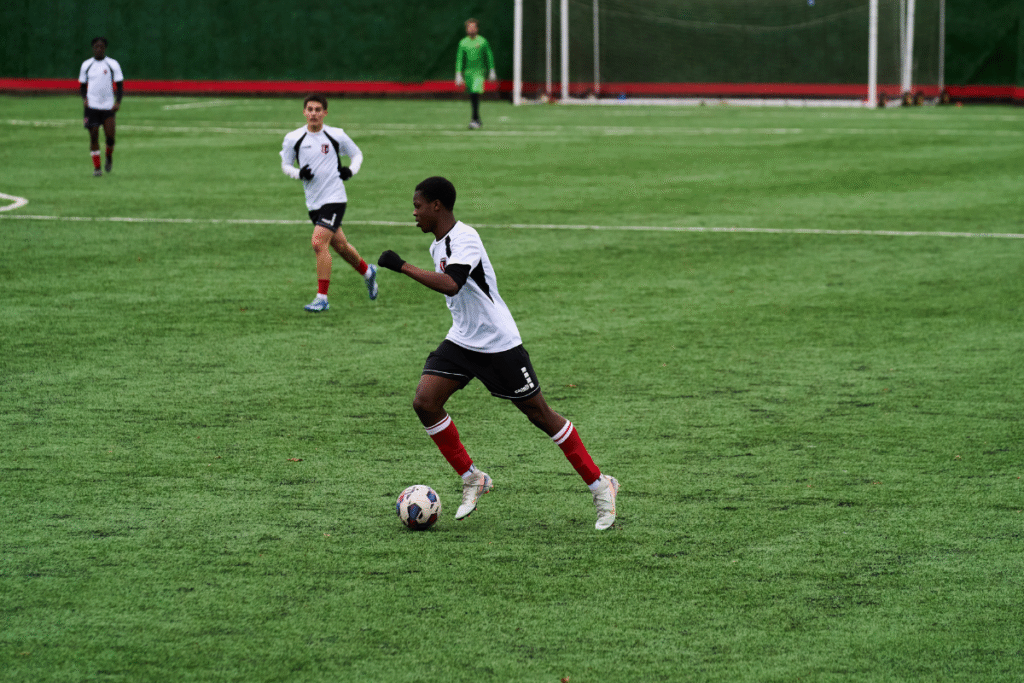Rest isn’t a break from progress—it’s where the real progress happens. In this guide, we explore how recovery techniques like rest days, sleep, and active recovery are essential.
In the relentless drive to improve, many athletes make the mistake of believing that more training always equals better results. But in reality, recovery is just as critical as training—it’s the secret weapon of every successful athlete. Whether you’re a footballer, tennis player, or rugby pro, proper recovery practices can mean the difference between peak performance and burnout.
“You don’t grow during training. You grow during recovery. Respect it as part of the process.”
Why Recovery Matters
When you train, you’re not just building strength or endurance—you’re also breaking your body down. Muscles experience microtears, your central nervous system is taxed, and mental fatigue sets in. Recovery is the time when the body repairs, adapts, and grows stronger. Skipping rest doesn’t give your body time to bounce back, making you more prone to injury and underperformance.
The Key Types of Recovery
1. Passive Recovery (Rest Days)
Sometimes the best thing you can do is nothing. A full day off from training lets your body reset completely, helping you come back stronger both mentally and physically.
2. Active Recovery
Low-intensity activity—like walking, swimming, yoga, or cycling—can help reduce muscle stiffness and improve circulation without putting additional strain on the body.
3. Sleep
No supplement beats good sleep. Athletes should aim for 8–10 hours per night. During deep sleep, your body releases growth hormones, repairs muscle tissue, and consolidates memory—vital for both performance and recovery.
4. Nutrition
Fueling properly post-training helps kickstart the recovery process. Focus on protein to repair muscles, carbs to replenish glycogen, and hydration to replace lost fluids and minerals.
5. Recovery Tools & Techniques
From foam rolling and massage guns to ice baths and compression gear, these tools can aid in reducing soreness and speeding up muscle repair.
The Dangers of Overtraining
Pushing through fatigue might feel like dedication, but over time, it chips away at performance. Overtraining can lead to:
Chronic fatigue
Decreased coordination
Hormonal imbalance
Injuries that sideline your progress
The most successful athletes know when to rest and when to go hard.

Build Recovery Into Your Training Plan
Recovery shouldn’t be a reaction—it should be a strategy.
Schedule rest days in advance
Listen to your body: soreness, lack of motivation, and poor sleep can all be signs you need to back off
Prioritize sleep and hydration daily
Sleep is the most powerful recovery tool available. Aim for 7–9 hours of quality sleep each night to help muscles repair, regulate hormones, and boost mental focus. It’s the foundation of both physical and cognitive performance.
Rest doesn’t always mean total inactivity. Light activities like walking, swimming, or yoga can improve blood flow, reduce soreness, and accelerate healing without stressing the body.
Incorporate tools like cold therapy, foam rolling, and stretching. These methods help reduce inflammation, improve flexibility, and keep your body primed for the next session.
Conclusion: Rest is a Performance Tool
Every top-level athlete knows this truth: what you do outside the gym is just as important as what you do inside it.Treat recovery like a training discipline. Prioritize it. Plan for it. Protect it. Your future self—and your season—will thank you.






